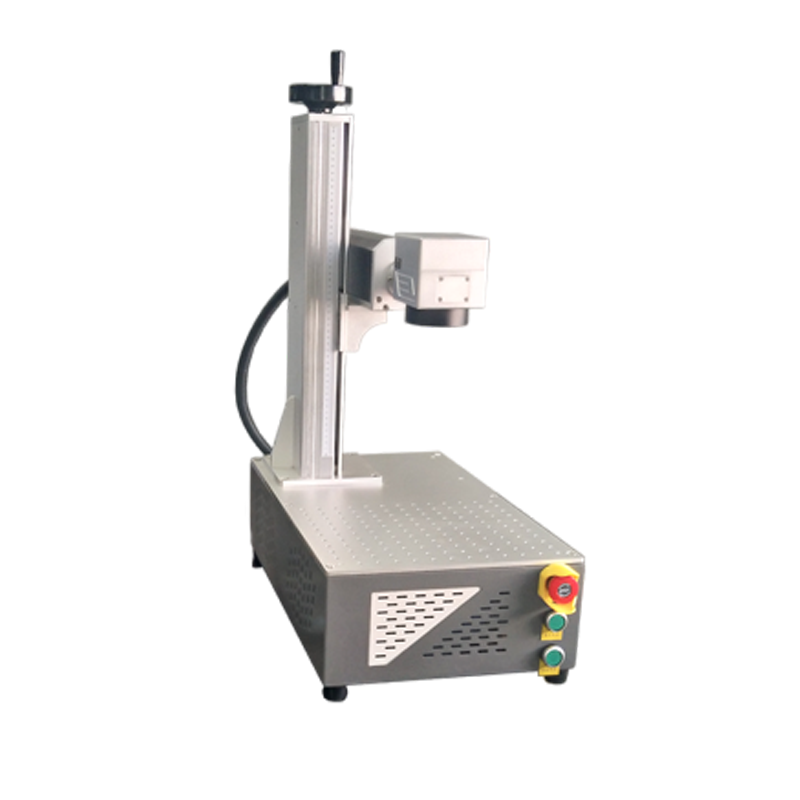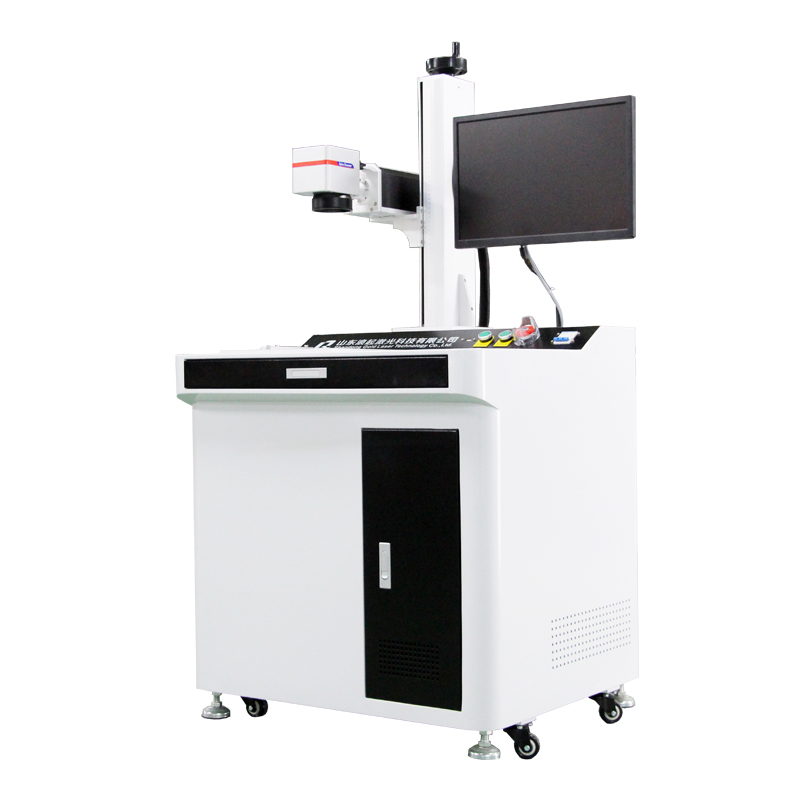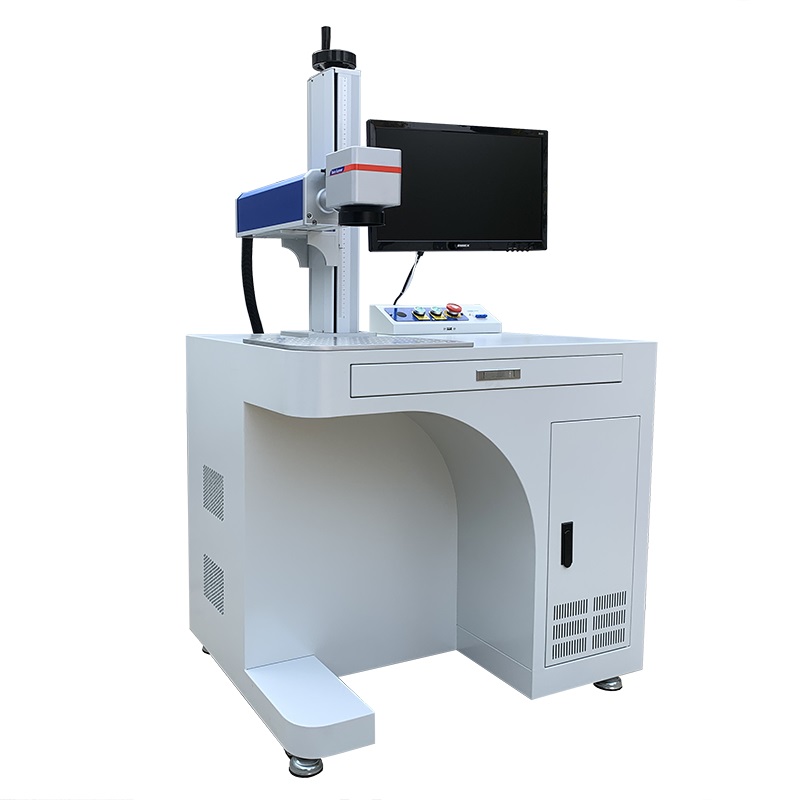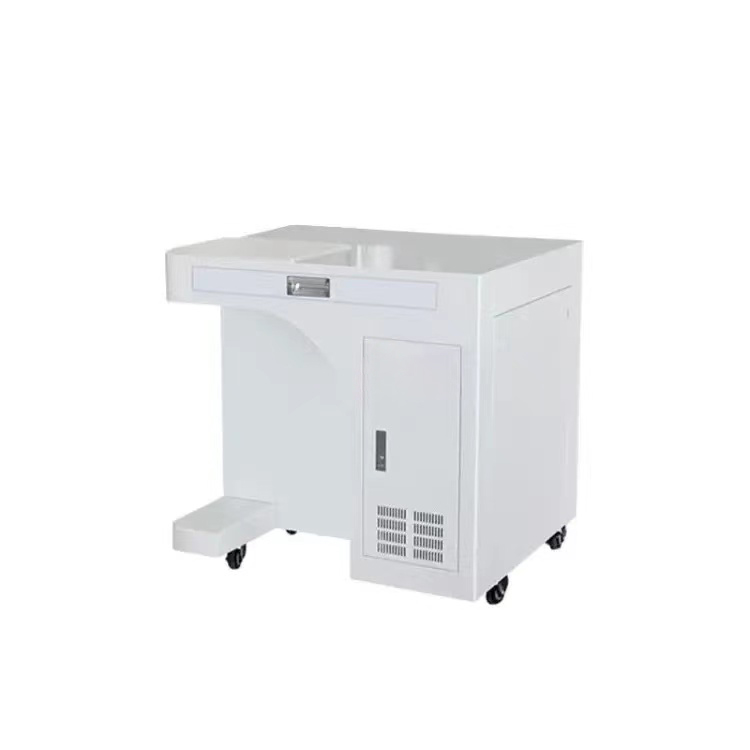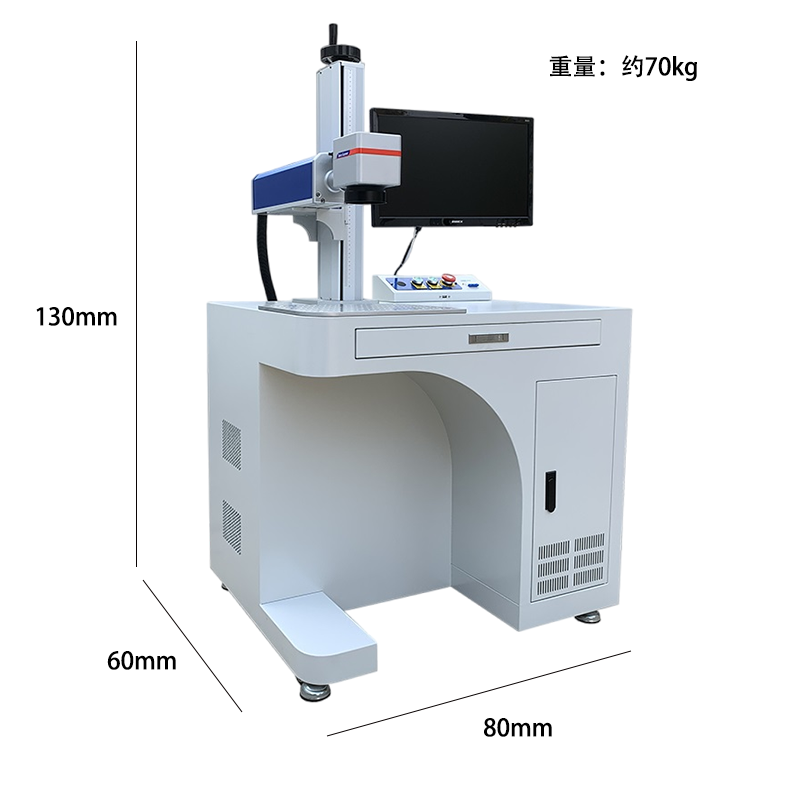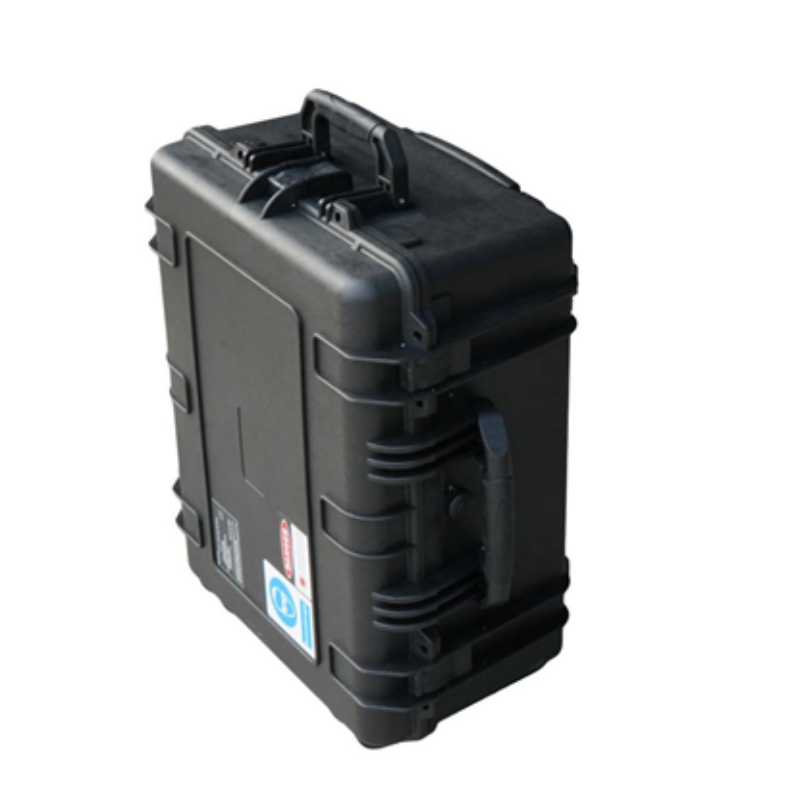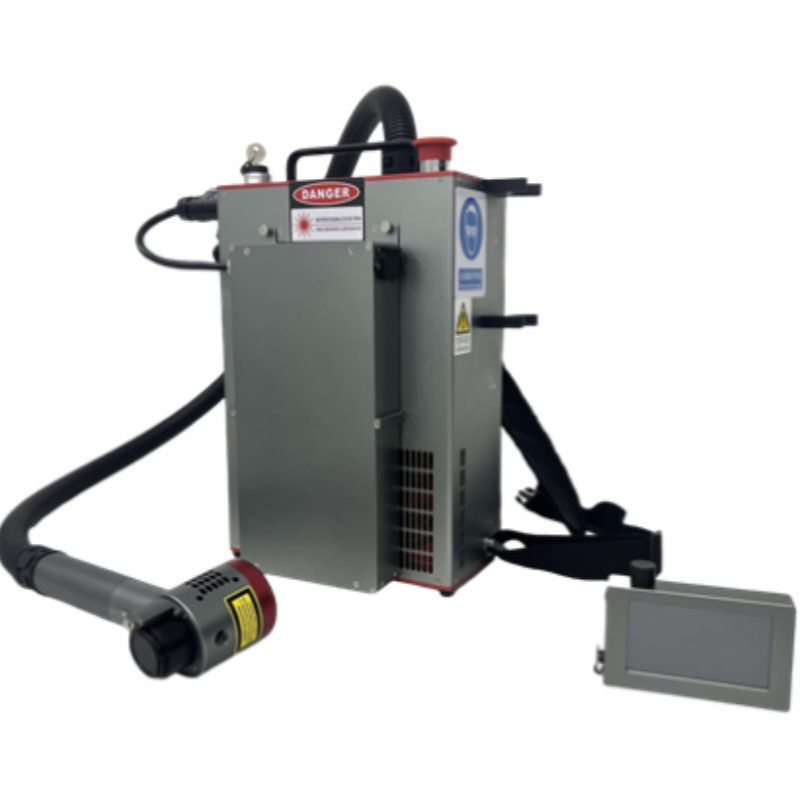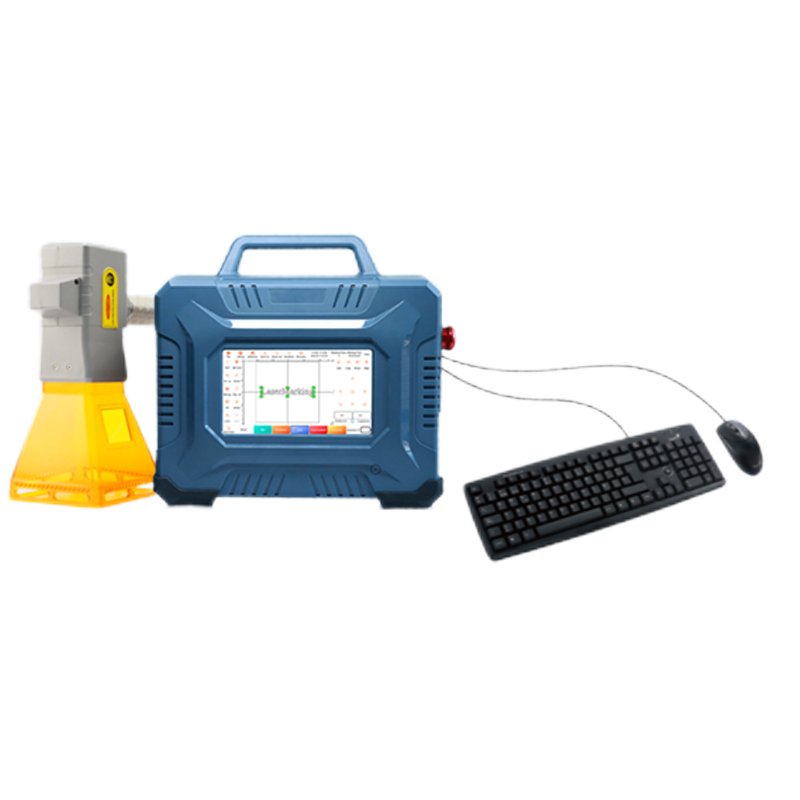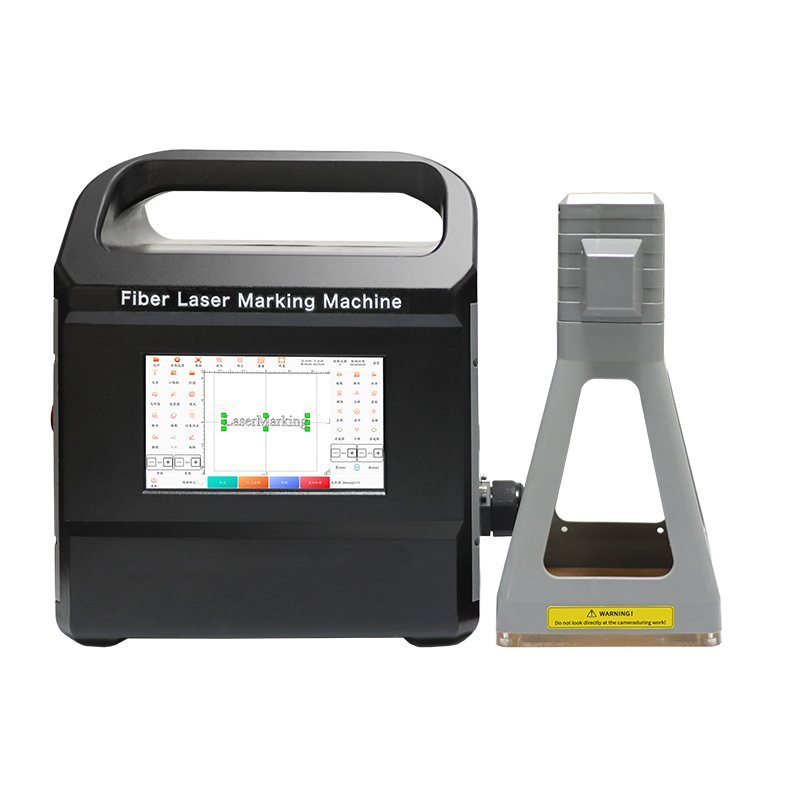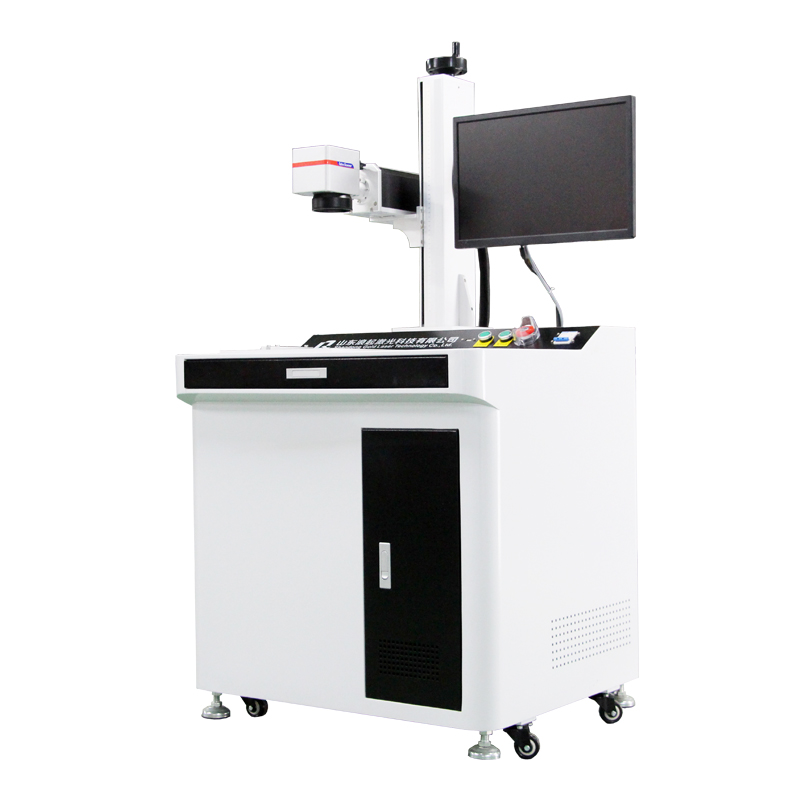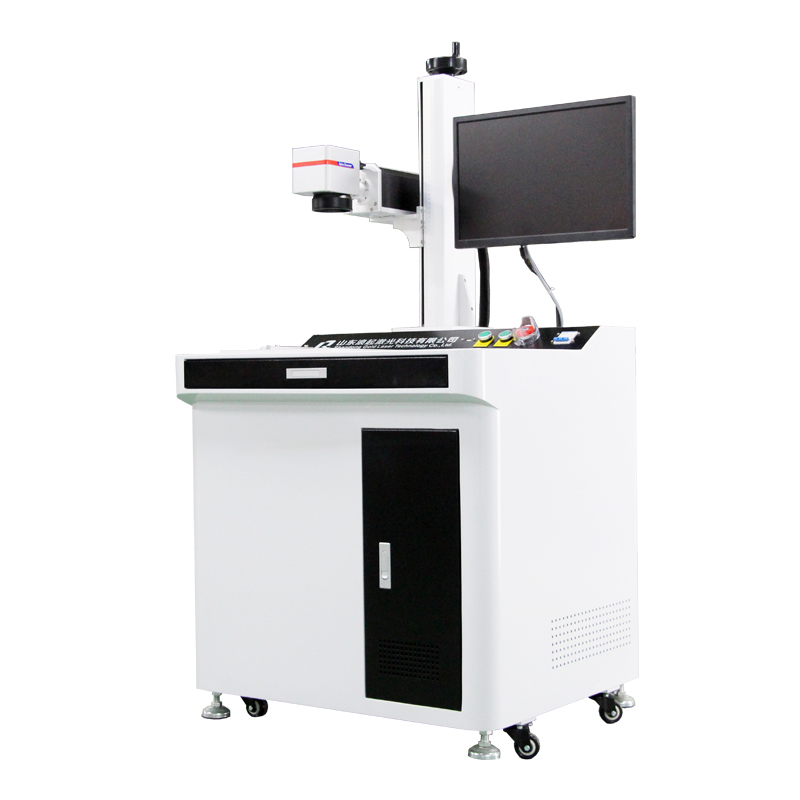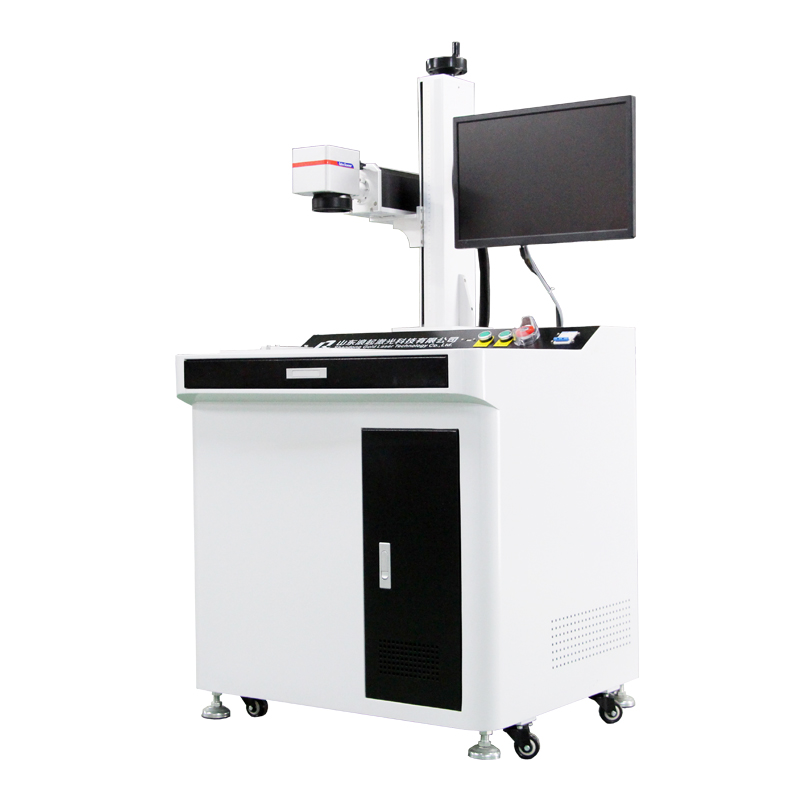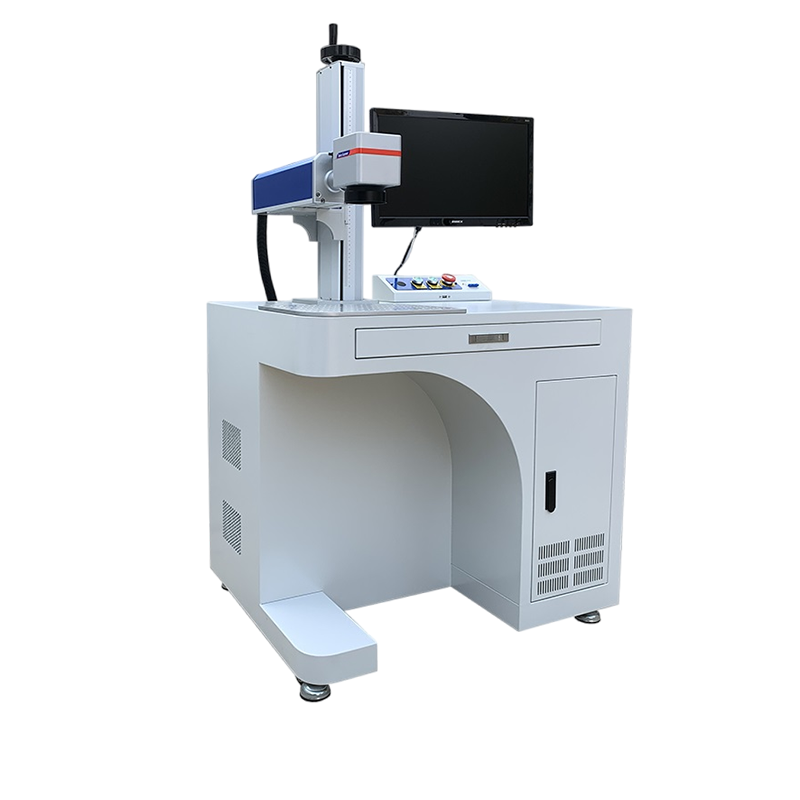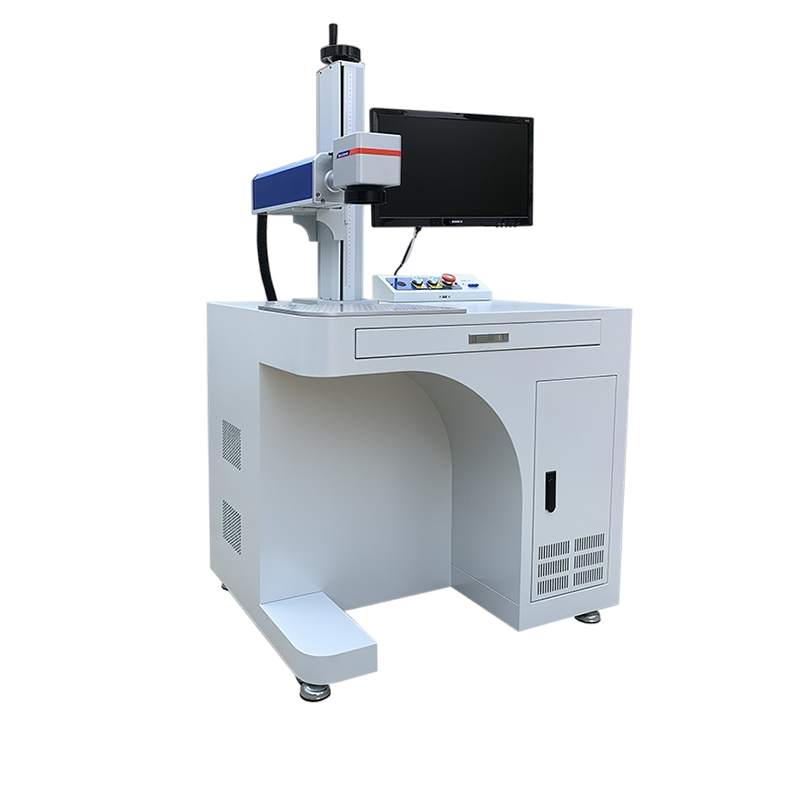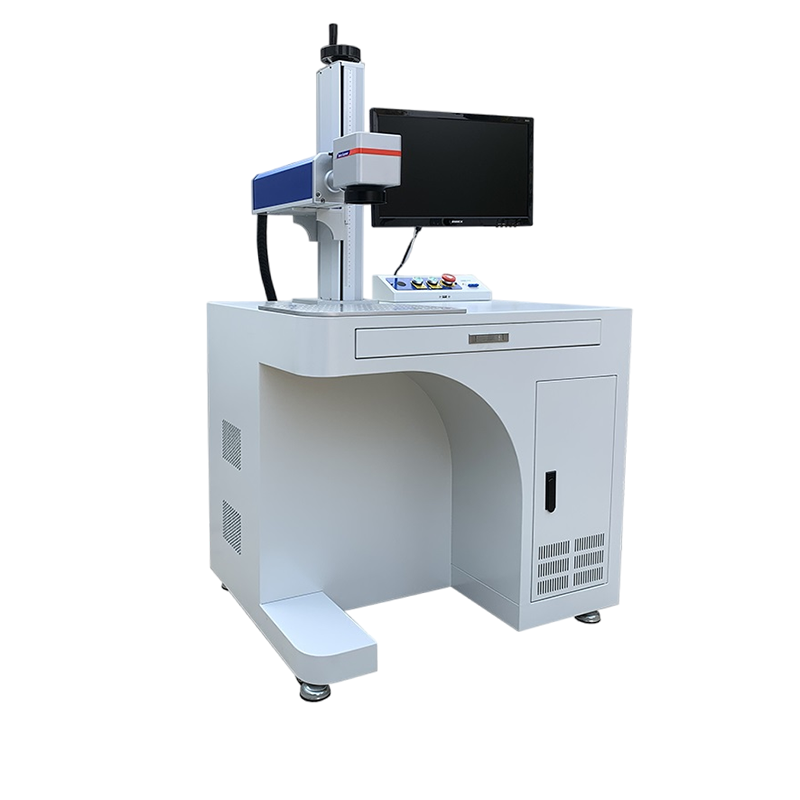A fiber laser marking machine is a highly efficient and precise tool used for engraving, etching, or marking various materials, including metals, plastics, ceramics, and more. When operating in an indoor environment, certain factors must be considered to ensure optimal performance, safety, and longevity of the machine.
Key Considerations for Indoor Fiber Laser Marking:
Ventilation & Fume Extraction
Laser marking can produce fumes, especially when working with plastics, anodized aluminum, or coated metals.
Use an air assist system or fume extractor to remove harmful particles and prevent contamination.
Ensure proper airflow to avoid overheating the laser system.
Temperature & Humidity Control
Fiber lasers operate best in a stable environment (typically 15–30°C, humidity below 70%).
Avoid excessive moisture, which can damage electronic components.
Use air conditioning or dehumidifiers if necessary.
Dust & Contamination Prevention
Dust and debris can affect marking quality and damage optics.
Keep the workspace clean and use protective covers when the machine is not in use.
Regularly clean the lens and galvanometer system.
Safety Measures
Laser Safety: Fiber lasers are Class 4 lasers—ensure proper laser shielding to prevent accidental exposure.
Eye Protection: Operators should wear appropriate laser safety goggles.
Fire Hazard: Some materials (e.g., certain plastics) may ignite—keep a fire extinguisher nearby.
Noise & Vibration
Fiber lasers are generally quiet, but auxiliary equipment (compressors, chillers) may produce noise.
Place the machine on a stable surface to minimize vibrations that could affect marking precision.
Power Supply Stability
Use a stable power source with surge protection to avoid electrical fluctuations.
Ensure proper grounding to prevent damage to sensitive electronics.
Workspace Ergonomics
Position the machine for easy access and operator comfort.
Ensure sufficient lighting to inspect marked products.
Keep the area organized to avoid obstructions.
Best Practices for Indoor Laser Marking:
✔ Regular Maintenance – Clean lenses, check alignment, and inspect cooling systems.
✔ Material Compatibility – Test settings on samples before full production.
✔ Software & Settings Optimization – Adjust power, speed, and frequency for different materials.
✔ Operator Training – Ensure staff are trained in safe and efficient operation.
Conclusion
A fiber laser marking machine can operate effectively in an indoor environment with proper ventilation, temperature control, safety measures, and maintenance. By addressing these factors, you can achieve high-quality, consistent markings while ensuring long-term machine reliability and operator safety.
Would you like specific recommendations for fume extraction systems or laser settings for particular materials?

